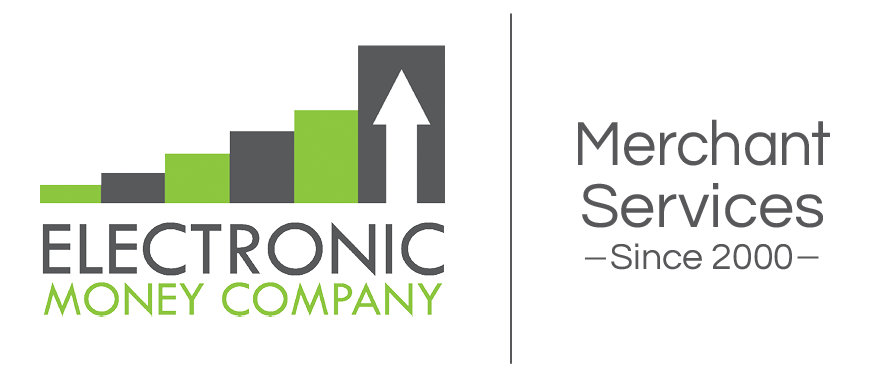Let me educate you so you, too, can avoid getting sucked into a contract from a scammer salesman. There are three determinations of the fees for accepting credit cards: the interchange cost, the brand fees, and the processor’s surcharge.
a. The interchange cost. This is the rate and transaction fee set by the bank associations to collect “interest” on the money “loaned” to the cardholder for 30 days until his credit card payment is due. The bank that issued the card to the customer, who is handling the risk of loaning the money to the customer, receives the interchange rate and transaction fee. This fee comprises the dominant amount of the total fees collected from the merchant. These rates range from .05% and $.22 for a debit card to 3.4% plus $.10 for some American Express cards. There are over 100 different rates in between depending on the risk associated with a particular transaction.
b. Brand Fees – A non-negotiable cost. In addition to interchange, there are the Visa, MasterCard, American Express, and Discover brand fees which are passed through on the merchant statement. These fees amount to approximately .15% to perhaps .20% of the transaction amount. These fees have names like assessments, acquirer fees, network fees, location fees,
transmission fees, and NABU fees.
c. The Processor’s Surcharge is on top of the interchange fees and brand fees. The processor services the merchant, monitors fraud, transfers money from the card to the merchant’s bank account, and provides customer service such as troubleshooting equipment hiccups, questions about transaction deposits, questions about fees, or service requests such as address changes or bank account changes.
The processor surcharge fees are the only fees that can be negotiated with the processor via the credit card processing salesperson.
Here is some more detail about pricing. You can also read more in our FREE REPORT, “5 Mistakes To Avoid When Choosing a Credit Card Processor!”
Interchange Cost Plus
The interchange rate chart is a complicated system with over 100 different categories of rates and transaction fees depending on the risk. Debit cards have a lower risk and have a lower rate than corporate cards which have a high risk and a high rate. There are multiple conditions in between broken down by industry, type of card, and whether the card is swiped or entered over the phone or via the internet. All those conditions have different risks, different rates, and different transaction fees.
With Cost Plus Pricing, you get charged the actual interchange rate and transaction fee, the brand fees plus an extra percentage rate, and an extra transaction fee for the processor’s surcharge. The processor also adds monthly and annual fees. The rates and fees should be fairly straightforward on your merchant statement as to whether the fee is an interchange fee, pass through brand fee, or a service fee from the processor. When they are not, the processor could be trying to hide something.
Tiered pricing
With this pricing format, the processor throws all transactions into three buckets with only three rates. Generally, one bucket is for swiped transactions, one for keyed transactions and rewards cards, and a third for business cards or keyed-in rewards cards. The buckets are called qualified, mid-qualified, and non-qualified. This pricing system allows for an easy to understand merchant statement because there are only 3 rates listed instead of multiple rates and fees on multiple types of card transactions. However, generally, the processor is charging a slightly higher surcharge than with cost-plus pricing. The processor has to make sure he has his buckets covered for all the scenarios of rates. Tiered pricing gives an advantage to the processor. Interchange Cost Plus pricing gives the advantage to the merchant. Some processors have an expanded variation of tiered pricing with six or more buckets. They add additional buckets for swiped rewards cards, keyed-in rewards cards, swiped debit cards, and keyed-in debit cards. They can even get more creative than that with extra surcharges on any cards that are mid-qualified or non-qualified. This pricing is so confusing that it is difficult even for a veteran in this industry to disentangle. This type of pricing is used deliberately to confuse the merchant and pad the pocket of the processor and the processor’s salesperson. With tiered pricing, it is nearly impossible to figure out how much your credit card processing salesman and the processor are adding on to interchange for their profits.
Contact us to help you analyze what fees you are currently paying your processor!

